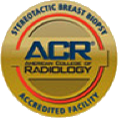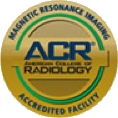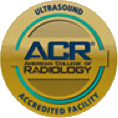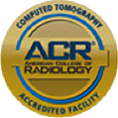Spinal dural arteriovenous fistulas (AVFs) are uncommon vascular lesions that occur in the spine. They may be acquired in adulthood for reasons that are not entirely understood. Spinal AVFS typically occur when a radiculomeningeal artery feeds directly into a radicular vein near the spinal nerve root. Spinal dural AVFs are most commonly found in the thoracolumbar region and are located just adjacent to the spinal cord itself.
Patients often become symptomatic because the AVF causes spinal cord venous congestion and hypertension, resulting in hypoperfusion (lack of blood flow), hypoxia (lack of oxygen), and edema (swelling) of the spinal cord. Due to the slow-flow nature of most spinal dural AVFs, bleeding rarely occurs.
Spinal arteriovenous malformations (AVMs) are an even less common vascular malformation of the spine. Spinal AVMs are defined as an abnormal cluster of blood vessels in the spinal cord itself. One or more arteries are directly connected to one or more veins. Spinal AVMs develop before birth or develop at a very early age for reasons that are not entirely understood.
Both spinal AVFs and spinal AVMs can be treated endovascularly with embolization using liquid embolics, such as Onyx and n-BCA, as well as with open surgery.








